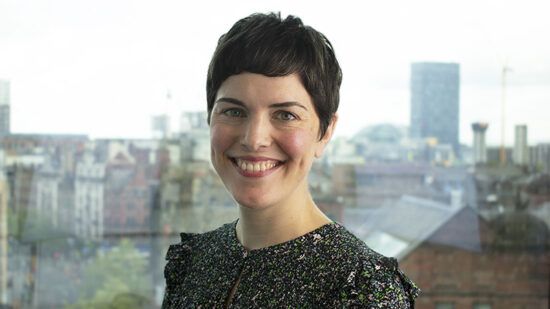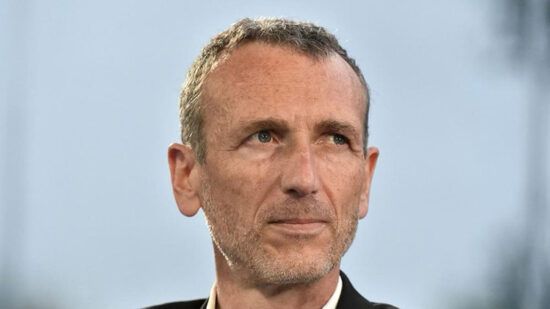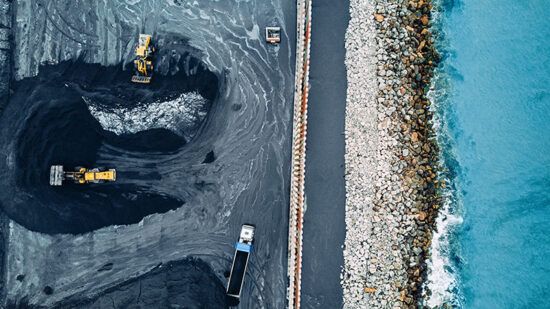Natural capital is gaining traction as businesses, governments and investors increasingly realise the importance of protecting and restoring nature for our future prosperity. Yet, there is still limited understanding of what it really means, how to invest, and why it should be considered for inclusion in a portfolio.
See also: – We still have a vast array of nature’s tools to combat climate change
Within the next five years, global temperatures are projected to increase by 1.5C from pre-industrial levels. Taking action to prevent, halt, and reverse nature degradation can deliver one-third of the mitigation needed by 2030 to limit global temperature increases. Consequently, nature and biodiversity has fast become an integral part of the sustainable investment conversation and particularly on the transition to net zero.
The Natural Capital Coalition defines natural capital as the stock of renewable and non-renewable natural resources that combine to yield a flow of benefits to people. Renewable natural resources can regrow or renew, such as plants, animals, air and water. Non-renewable natural resources are finite and non-living, such as fossil fuels, soils and minerals.
Nature delivers benefits to society through the provision of four ecosystem services:
- Provisioning – material-based outputs from nature such as food, timber and energy
- Regulating – indirect benefits generated through the regulation of ecosystems such as carbon sequestration, water filtration and crop pollination
- Supporting – fundamental ecological processes that support the delivery of other ecosystem services such as nutrient cycling and soil formation
- Cultural – non-material benefits such as spiritual, aesthetic and recreational
Many investors will already have exposure to natural capital, including energy, food, and timber – provisioning ecosystem services. This is because it is easy to assign value to these benefits as they are currently traded in established intrinsic and commodity markets.
However, current interest in natural capital is linked to the imperative for global economies to reverse biodiversity loss and avoid the worst effects of climate change by limiting global temperature increases through the protection and restoration of nature. Our recent research with Pensions for Purpose on natural capital and asset owners revealed that just 38% were already invested in natural capital solutions for these reasons.
One of the key failures to date is that nature has not been valued and so humanity is using up the planet’s natural resources at a rate beyond that which the earth can replenish them. When we consider that half of the world’s GDP is dependent on nature, failing to value nature places our existing societies and economies at significant risk.
Valuing nature as a form of capital, translates its importance into a language that capital markets can start to understand. This should allow market participants to recognise that their current investment returns not only have an impact on nature, but also depend on nature. The upcoming release of the Taskforce for Nature Related Financial Disclosures will greatly aid investors in understanding these factors and their implications on their financial and sustainability objectives.
Qualitative information will be important in explaining the value of nature alongside quantitative data – nature is often too complex to be succinctly explained in a single metric. This is not to sidestep the importance of measurement, but rather to demonstrate that we will need to examine the benefits offered to society from nature through a series of different lenses to accurately assess the value.
It is estimated that the world’s natural capital is worth $125trn, that is equivalent to 1.25 times the 2022 global GDP. Currently most of this value is not accessible to capital markets as there are few or no markets that allow the nature-based benefits to be traded. This is starting to change. For example, the sale and purchase of carbon credits has created a new market which places a monetary value on carbon sequestration, a regulating ecosystem service.
Investors are increasingly wanting to allocate to forestry, a natural capital investment. They want to do so because the returns are based in a well-established market, the production of timber (a provisioning ecosystem service), but can also now be enhanced, in certain situations, through the generation of carbon credits from the carbon sequestered by the trees (a regulating ecosystem service). These two return drivers combined meet investors’ financial objectives and their net zero or other sustainability objectives.
In 2022, we planted over nine million trees and managed 175,000 hectares of forestry which sequestered 1.9mn tCO2 from the atmosphere and produced 1.2 million tonnes of sustainable timber.
New natural capital markets are also beginning to emerge, giving investors greater opportunities to align their financial objectives with sustainability goals. This has been Gresham House’s experience working with Environment Bank Limited (EBL), a pioneer in the creation of habitat banks, to create Biodiversity Net Gain (BNG) Credits. This new infrastructure asset class protects and enhances nature whilst providing financial returns for investors. EBL does this by cultivating typically low-yielding agricultural land to create biodiversity uplift, enabling investors to meet their BNG regulatory requirements or voluntary targets.
Investment in infrastructure-based agriculture also provides another route into natural capital. As the largest investor in Fischer Farms, which is building what we believe will be Europe’s largest vertical farm in Norfolk, our Sustainable Infrastructure strategy directly supports sustainable food production that increases the efficiency of land use, reduces water usage and minimises agricultural pollution.
We expect to see more innovation and are currently exploring how we can widen our remit by investing further in established as well as new natural capital markets.
Investor interest and demand for natural capital investments that focus on preserving and restoring nature is starting to increase. Our research shows that while investors are waking up to the opportunity, we are in a dynamic phase of evolution in the market. As new opportunities emerge and measurement and risk metrics develop further, we expect natural capital to become a core tenet of sustainable investment in the future.








